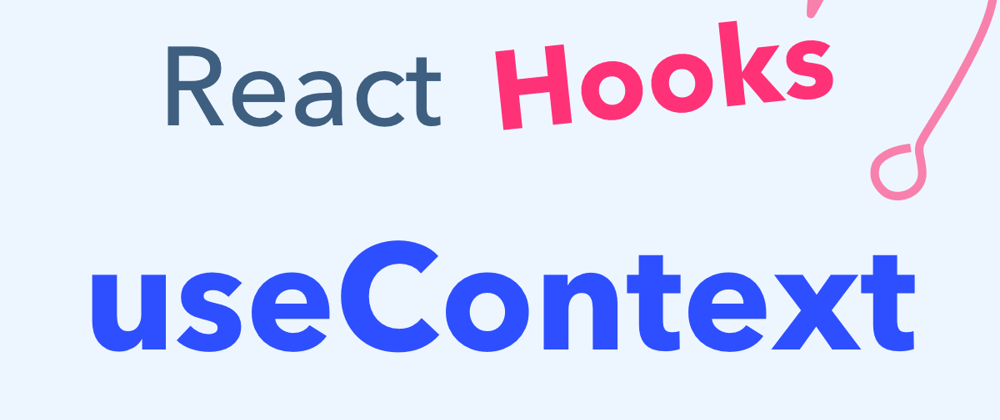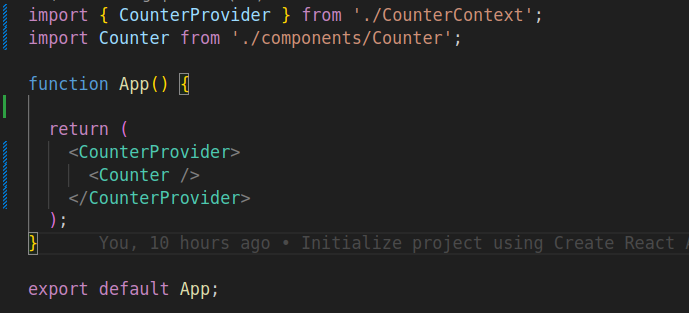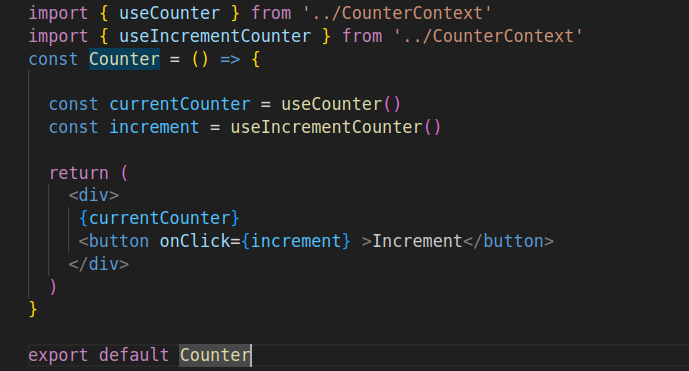In React, managing a state can sometimes feel like a juggling act. As your application grows in complexity, passing state down through multiple layers of components can become cumbersome and lead to what's commonly known as "prop drilling". This is where React's useContext hook comes to the rescue, offering a simpler and more elegant solution to manage state across your application.
Understanding the Context
The useContext hook is one of React's built-in hooks. It allows functional components to consume context created by a Provider component higher up in the tree. This means that instead of passing props down through intermediate components, you can directly access the context you need within any component.
Basic Usage
Create a context
In your App component
In your Counter function component
In this example, we create a context using React.createContext() and then define a provider component (CounterProvider) that wraps around the part of the component tree where we want to share the context in the App component. The App functional component simply imports the CounterProvider component. Here we also used our custom hooks that return the state directly to our functional component without importing useContext from React again in the Count component hence, making our components cleaner.
Benefits of useContext
Simplified Prop Drilling: With useContext, you can avoid passing props down through multiple layers of components, making your codebase cleaner and more maintainable.
Keep Context Small and Focused: Instead of creating a single monolithic context for your entire application, consider breaking it down into smaller, more focused contexts based on the specific needs of your components.
Conclusion
The useContext hook provides a simple and elegant solution for managing the state in React applications. By leveraging context, you can avoid prop drilling and make your code more modular and maintainable. However, it's important to use useContext judiciously and follow best practices to ensure that your code remains clean and scalable. With useContext, state management in React has never been easier!










Top comments (0)